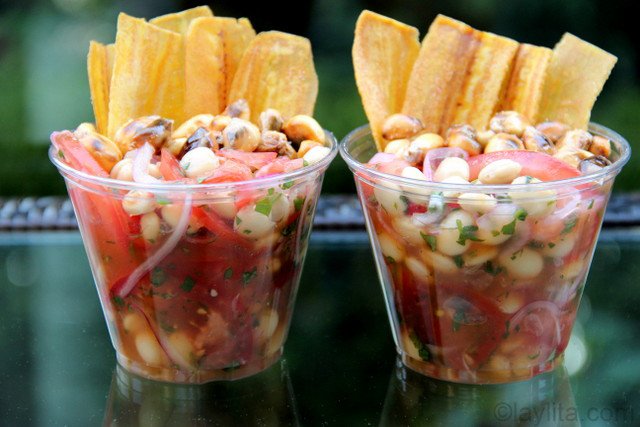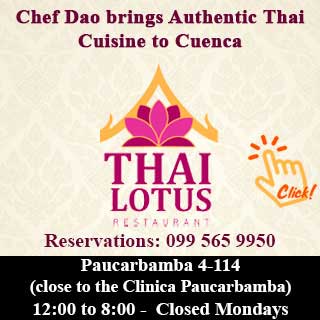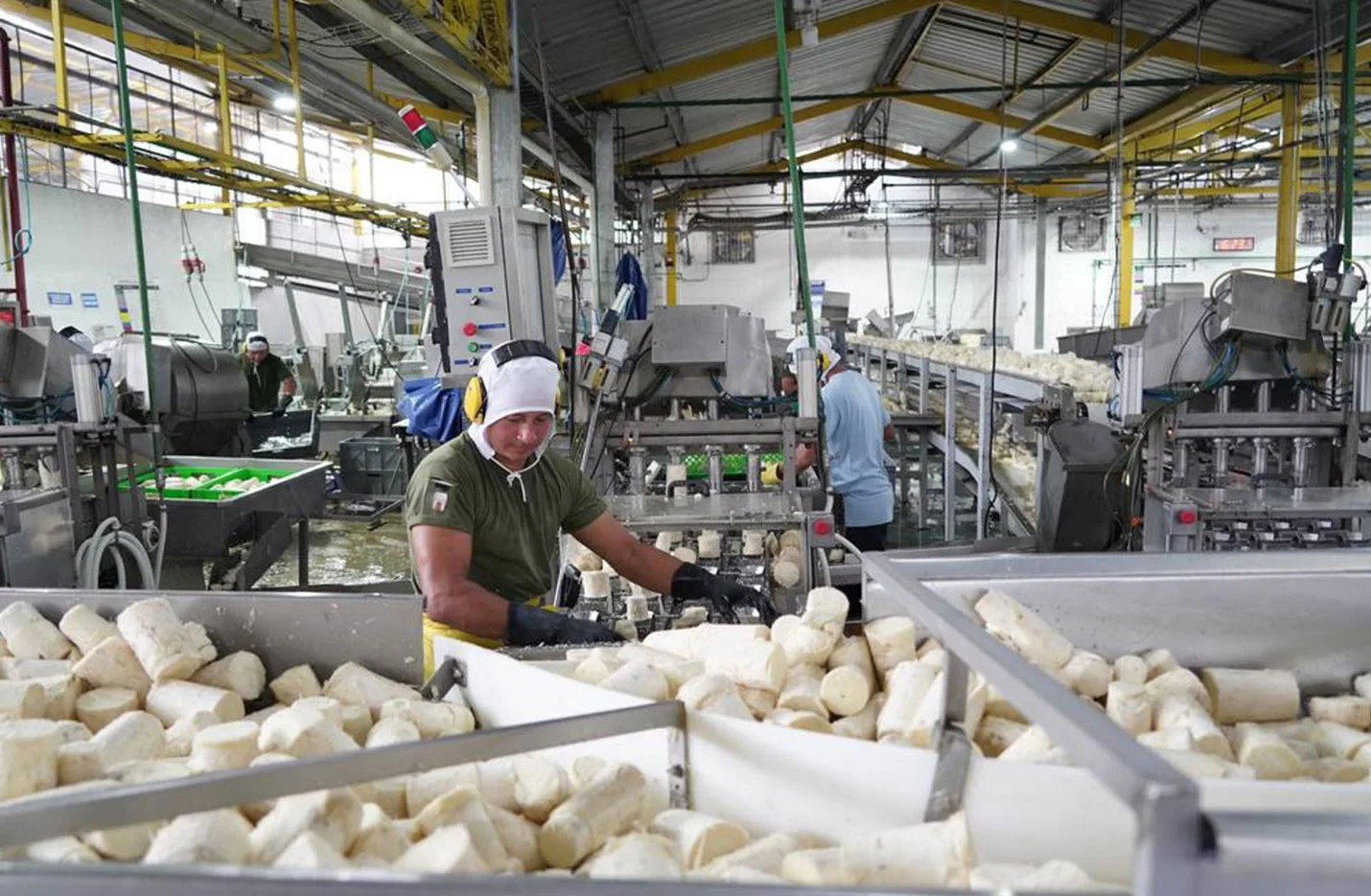What’s a ‘superfood’? Have you tried chochos?
I typed “superfood” into my browser and got 370 million ‘hits’ in 0.70 seconds! What’s a “superfood?” According to the Oxford Dictionary, a superfood is “a nutrient-rich food considered to be especially beneficial for health and well-being.”

But, the word is used to promote more than healthy eating — it’s being used to promote and merchandise foods, often combinations of ingredients that can be purchased in a tin or a plastic canister. Just search for ‘superfood’ and you’ll see claims for “superfood supplements” that can ‘cure’ you, or ‘reduce aging’, or ‘prevent’ disease. But, when it comes to food, a single food won’t kill you, nor will it cure you.
As reported in the UK’s National Health Service online magazine ‘Choices’ (NHS Choices), “There is no official definition of a “superfood.” They’re pretty serious about health claims across the pond. The EU has banned health claims on packaging unless supported by scientific evidence.

The superfood trend exploits the fact that healthy lifestyle choices, including diet, can reduce our risk of chronic diseases like heart disease, stroke, and cancer.
The food industry wants to persuade us that eating some foods can slow down the aging process, lift depression, boost our physical ability, and even our intelligence.
However, there are foods that are undisputedly superior in terms of their nutrient content. For example, quinoa, the ancient “super-grain” of the Andes, is super-nutritious. Quinoa is actually a seed more closely related to spinach and the sugar beet than to grains, but unlike other grains, quinoa contains all nine essential amino acids, also known as the building blocks of protein. And, like most plant foods, quinoa is low in saturated fat, contains no cholesterol or gluten, and is a rich source of fiber.
Is Chocho the next “superfood”? Score another one for the plant kingdom!
This is no new food-fad discovery, no…chocho (lupine bean, lupin), is an ancient bean of the Andes, and varieties of the Lupinus genus grow around the world. L. albus have been found throughout the Mediterranean basin: archeologists discovered lupin seeds in tombs of ancient Egyptian Pharaohs. Andean pre-Incan inhabitants of present-day Peru domesticated the Latin American L. mutabilis about 1,500 years ago. In North America, native Yavapai (in what’s now Arizona) included lupins in their diet.
And chochos are outstandingly nutritious. A one-cup serving (166 grams) has about 200 calories, 26 grams of protein, about 5 grams of polyunsaturated fat, and only 16 grams of carbohydrate, 5 of them from fiber. About 40 percent of its calories come from protein, 40 percent from carbohydrate (including fiber), and just 20 percent from unsaturated fats, including omega-3 and omega-6 fats. Chocho beans are also a good source of calcium (8 percent of the Dietary Reference Intake (DRI)), iron (11 percent), and vitamin C (3 percent.
Lupin bean flour contains more than 50 percent protein by weight. For vegans avoiding all animal products, lupin bean’s only limiting amino acid is methionine, and the ancients wisely served the beans with methionine-rich corn (maize) to solve that problem.
According to scientists writing in the Journal of Food Composition and Analysis, the ancient pre-Colombians living in the Andes were “perfectly adapted to their ecology.” However, the Spanish invaders forced natives to replace the cultivation of superior quinoa and lupins with “Old World” barley and wheat.
It may be that the Spaniards had no idea that the beans were so nutritious. Or they probably didn’t pay attention to the need for careful preparation.
Absolutely, these beans must be prepared with care because they are quite high in bitter alkaloids, especially sparteine. Failure to properly remove alkaloids from lupin beans can lead to lupini toxicity, manifesting as nausea, weakness, and visual disturbances. The alkaloids are water-soluble, so seeds are commonly repeatedly soaked and rinsed for days before cooking.
In the 1989 book called Lost Crops of the Incas: Little-Known Plants of the Andes with Promise for Worldwide Cultivation it’s noted that “tarwi” (Quechua for lupine) is especially important for highlanders of the high Andes. Since their diets are low in protein and calories the high-quality protein and high oil content of tarwi provide a double nutritional benefit.
Since I do not eat red meat and am always eager to hear about the benefits of plant foods, I was interested to read an article in El Comercio touting the “medical properties” of chocho. In excited language, the scientists described the “super-powered” nutrients in this modest Andean bean. With similar nutrition to quinoa, new research links chocho to even more significant health benefits. Score another one for the plant kingdom!
More studies link L. mutabilis to improvement in type 2 diabetes. In a previous article about type 2 diabetes, I described the condition as one of insulin resistance or insulin insufficiency. Scientists have shown that our Andean L. mutabilis promotes the release of insulin from the pancreas.
Chochos are a low glycemic index food (low GI), which is also linked to improvement in blood glucose. The combination of fiber and unrefined carbohydrate helps lower blood cholesterol and blood pressure. New studies link diets high in plant fiber to the healthy gut microbiome and lower risk for type 2 diabetes.
In all, research shows that lupins are excellent for all aspects of good health. The fact that they’re full of fiber and protein is extremely useful for weight management.
And the lupin plant is good for the planet. A column in Modern Farmer notes that the tarwi plant is “gorgeous,” with bright purple/blue flowers that smell like fresh honey, and they attract beneficial insects and fix nitrogen in the soil. Tarwi grows well in poor soil with low acidity and is a good pioneer plant for depleted soils.

Lupinus plants are members of the pea family, Fabaceae, and like peas, the plants are capable of fixing nitrogen in the soil. And they are beautiful! Credit: The Spruce.
International researchers are working on improved cultivation methods and engineers have developed machinery to de-bitter tarwi seeds. Scientists are working on cross-breeding to create a lower-alkaloid variety.
One caveat about chochos — if you are allergic to peanuts. Since this legume belongs to the same plant family as peanuts, there may be a risk of anaphylaxis. If you do have a peanut allergy, beware of products labeled “gluten-free” because manufacturers may add flour derived from lupins to replace wheat in flours or in other processed foods that utilize gluten as a filler or thickener. Read packaged foods labels carefully to identify “lupin” or “lupine” on the label.
Let’s Eat!
Street food can be healthy in Cuenca. Food cart vendors sell a highly nutritious, inexpensive and delicious ceviche chocho mixture of chocho beans, tomato salsa, fresh cilantro, sometimes chopped cucumbers, and lime juice, garnished by plantain chips (chifles), popcorn (canguil) and corn nuts (tostados).
Look for cooked and packaged chochos in the fresh produce section of TIA and Supermaxi. These nuggets are pre-soaked and ready to eat (very crunchy) — you can also cook them to make them softer. I bought a 250 gram-bag of properly processed and packaged beans at my local TIA supermercado for $0.99. The beans are pasteurized and the sell-by date tells me they’re good for a month — keep refrigerated.

Ceviche de chochos. Laylita.com
A good online source for Ecuadorian and Latin American recipes is Laylita.com — her recipe for vegetarian ceviche de chochos calls for cooked beans. Find the recipe here.
Sources:
El Comercio. Scientists reveal medical properties of lupine and mortiño.
Journal of Food Composition and Analysis. Chemical Composition of a New Variety of the Andean Lupin (Lupinus mutabilis cv. Inti) with Low-Alkaloid content.
Modern Farmer. Tarwi: The Total Package.
NHS choices. What are superfoods?
National Research Council. 1989. Lost Crops of the Incas: Little Known Plants of the Andes with Promise for Worldwide Cultivation. National Academy Press, Washington D.C.
Nutrición hospitalaria: organo oficial de la Sociedad Española de Nutrición Parenteral y Enteral. Hypoglycemic effect of Lupinus mutabilis in healthy volunteers and subjects with dysglycemia.
Self NutritionData.com. Lupins.
______________________________
Susan Burke March, a Cuenca expat, is a Registered Dietitian/Nutritionist and a Certified Diabetes Educator who specializes in smart solutions for weight loss and diabetes-related weight management. She’s the Country Representative from Ecuador of the Academy of Nutrition & Dietetics. Do you have a food, nutrition or health question? Write to her – SusanTheDietitian@gmail.com

















